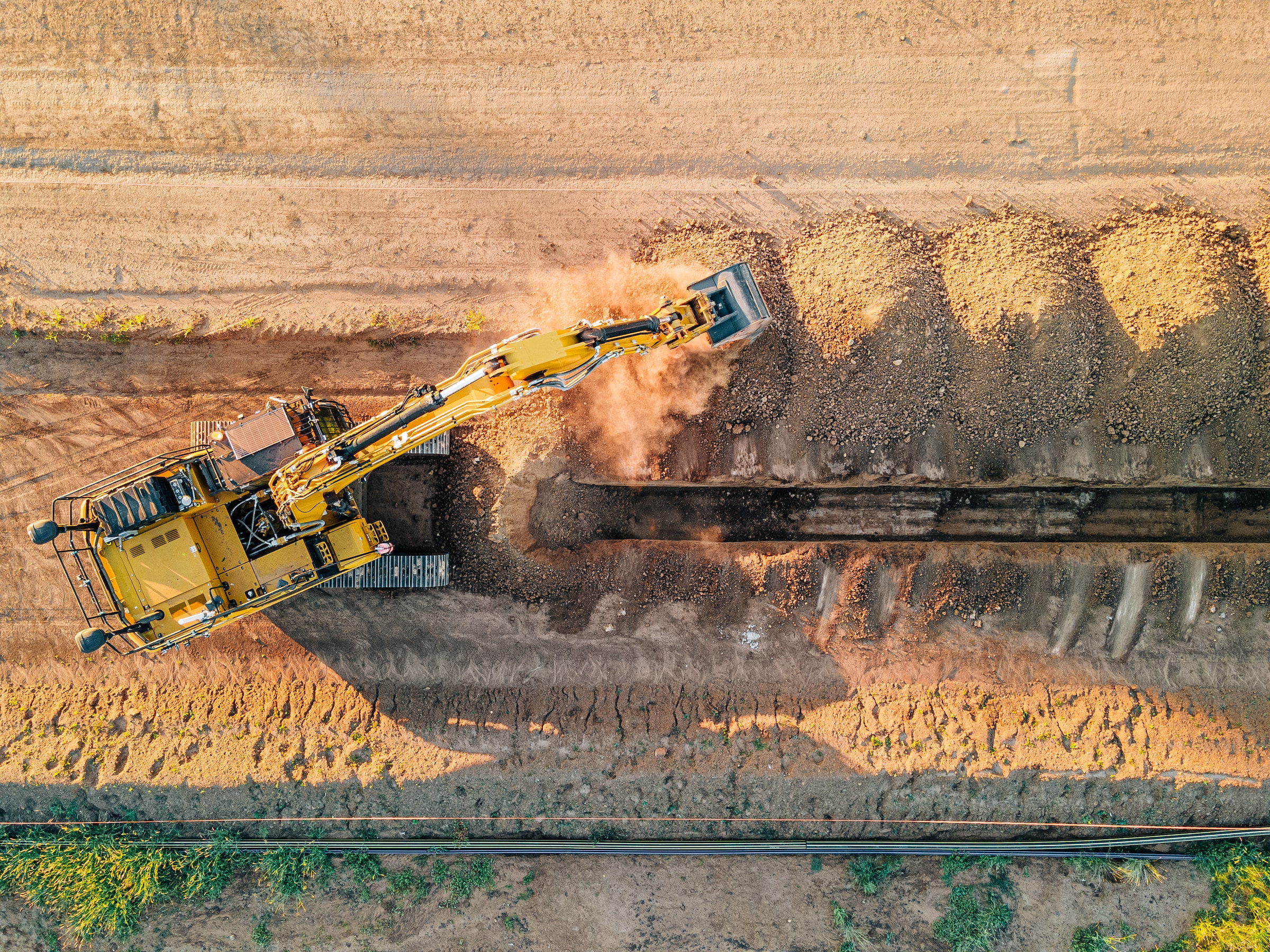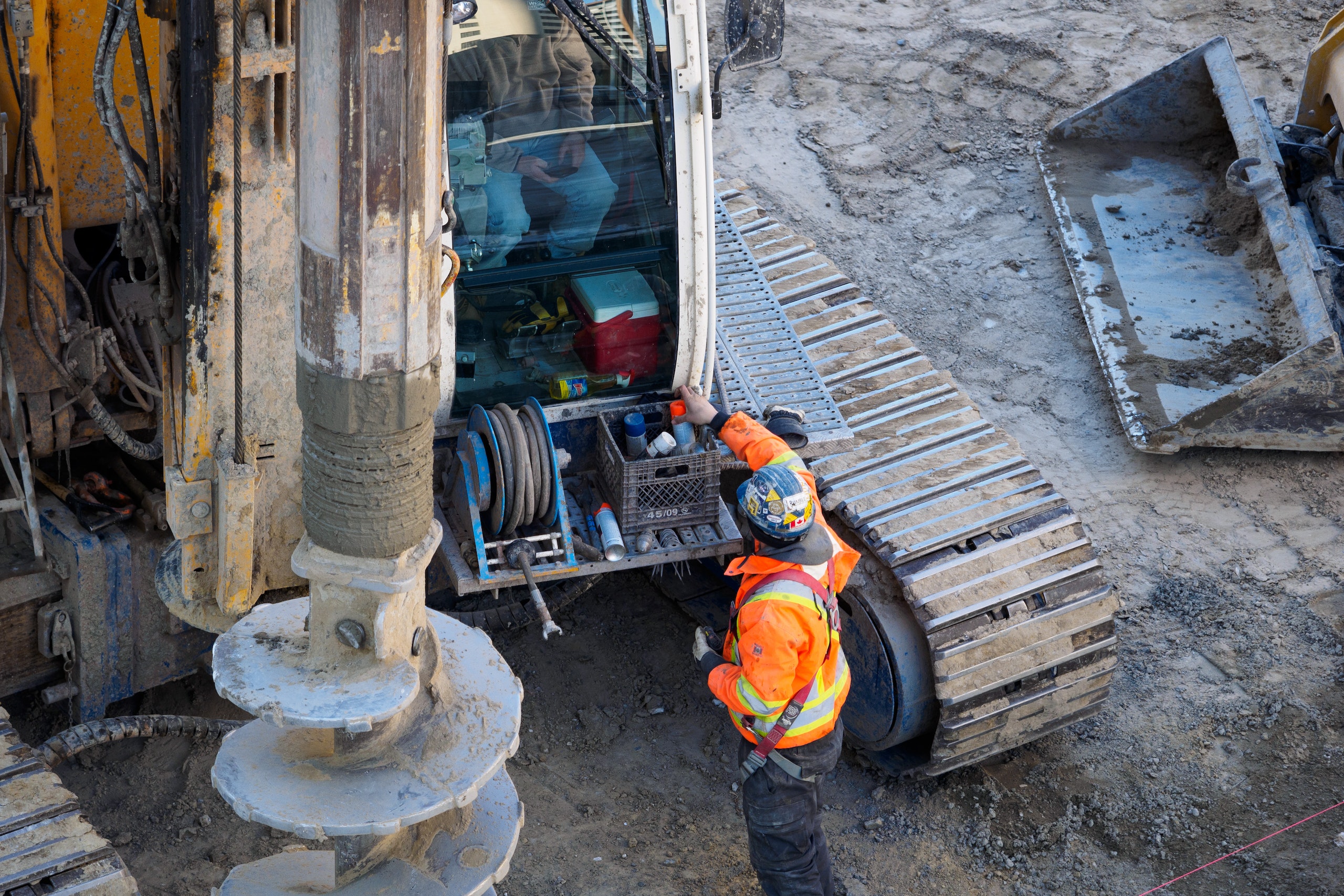Whether you are contemplating a move into the mining industry or already part of it, you’ve likely come across the term “FIFO jobs”. Understanding the nature of such roles, along with their benefits and challenges, is key to making informed career decisions.
The FIFO industry holds significant importance in Australia due to the vast mineral resources spread across remote locations of the country. Mining companies, rather than establishing permanent settlements in these locations, prefer employing a mobile workforce that commutes between their home city and the work site. Perth, being a vibrant hub and gateway to numerous mining sites in Western Australia and beyond, is one of the primary locations for FIFO jobs.
In this blog post, we will explore the intricacies of annual leave within the FIFO framework, clarify common misconceptions, and provide insights into how you can negotiate and make the most out of your time off. Stay tuned as we unravel the details of annual leave entitlements for FIFO jobs, providing you with the information necessary to fully understand this essential aspect of the FIFO work-life balance.
Understanding FIFO Rosters
FIFO stands for Fly-In, Fly-Out. This terminology describes a method of employment where workers are flown to remote work sites for a designated period of work, and then flown back home for rest. It’s a term that’s become synonymous with the Australian mining industry, though it’s also used in other sectors such as construction, oil and gas.
At the heart of FIFO jobs are rosters, the predetermined schedules that outline when a worker is on duty (on-site) and when they are off duty (at home). The rosters are typically expressed in terms of weeks on and off but can sometimes be days or even months, depending on the nature of the work and the specifics of the company and job contract.
One of the most common rosters is the 2/1 roster, meaning two weeks of work followed by one week off. In this scenario, a FIFO worker might typically work 12-hour shifts for 14 consecutive days and then have seven days off. The 2/1 roster is popular due to its balance between work and rest, providing FIFO workers with a substantial break to recuperate and spend time with their families.
Other common rosters include the 8/6 and the 14/7. In an 8/6 roster, workers are on-site for eight days followed by six days off. On a 14/7 roster, workers are on-site for two full weeks (14 days) followed by a full week off (7 days). While these rosters mean shift work and longer periods away from home, they also offer longer continuous periods of rest.
Understanding these rosters is crucial because they directly influence a worker’s time off. The ‘off’ period in a FIFO roster isn’t considered annual leave; it’s part of the regular cycle of work and rest. Annual leave is separate and above these regular rest periods.
However, the structure of the rosters can have implications for how annual leave is scheduled and taken. For instance, some workers might prefer to take annual leave immediately after a work period, effectively extending their time off. Others might choose to break up their work periods by taking annual leave in the middle of their roster. As you can see, FIFO rosters play a significant role in determining a worker’s work-life balance.
Annual Leave and FIFO Workers: A Full Breakdown
After gaining an understanding of FIFO jobs and rosters, one question remains prominent – is annual leave available to FIFO workers? The simple answer is yes, FIFO workers do get annual leave. However, the specifics depend on the details outlined in their employment contracts.
Like all full-time employees in Australia, FIFO workers are entitled to a minimum of four weeks of paid annual leave per year under the National Employment Standards (NES). This provision is part of the Fair Work Act 2009 and applies to most employees in Australia. However, how this leave is calculated and when it can be taken often depends on the specifics of the FIFO roster and the terms outlined in individual employment contracts or enterprise agreements.
In most cases, the four weeks of annual leave for FIFO workers is calculated based on a ‘standard’ 38-hour week, despite the fact that FIFO workers often work longer hours while on-site. This means that FIFO workers, like other employees, would be entitled to 152 hours (4 weeks x 38 hours) of annual leave per year.
However, when this leave can be taken and how it’s calculated can depend on a range of factors, including the length of the roster cycles, the number of hours worked each day, and specific terms in the employee’s employment contract. For instance, in some cases, a day of annual leave might be calculated as 12 hours (if that’s the length of a typical shift), meaning a FIFO worker’s four weeks of leave would equate to less ‘calendar’ time off. Therefore, it’s essential for FIFO workers to understand their contracts and seek clarification on any points of confusion.
One common misconception is that the ‘off’ periods in a FIFO roster are part of a worker’s annual leave. This is not the case. The time off in a FIFO roster is part of the standard work/rest cycle and is separate from a worker’s annual leave entitlement. Annual leave is designed to provide additional time off for rest and relaxation.
It’s also worth noting that some people believe FIFO workers do not receive annual leave due to the nature of their work schedule. This is a misconception. Regardless of the unique schedule, FIFO workers are still entitled to annual leave. Understanding your rights as a FIFO worker, particularly concerning annual leave, can ensure you take full advantage of your entitlements and maintain a healthy work-life balance.
How Does Annual Leave Benefit FIFO Workers?
As we’ve established that FIFO workers are entitled to annual leave, it’s equally important to understand why annual leave is so beneficial, particularly in a demanding work environment like FIFO.
Annual leave plays a vital role in promoting the mental and physical health of workers. Extended periods of work, especially in physically demanding roles often associated with FIFO jobs, can lead to physical fatigue and mental stress. Annual leave provides workers with a necessary break, offering them time to rest, recover, and rejuvenate. It not only helps in preventing burnout but also enhances productivity when they return to work.
Moreover, annual leave is crucial for maintaining a healthy work-life balance, particularly for FIFO workers. As FIFO rosters involve spending significant time away from home, workers often miss out on everyday family life and social activities. Annual leave allows for quality uninterrupted time with loved ones, helping to maintain relationships and create a sense of normalcy. This is particularly important for mental health, as strong social support networks can mitigate some of the stresses associated with FIFO work.
To illustrate this, let’s consider the story of John, a FIFO worker on a 2/1 roster. After several months of working intensively, John started to feel drained and disconnected from his family. Realising he needed a break, John decided to use his annual leave right after his two-week work period, effectively extending his week off to a three-week break. This extended break gave John a chance to fully unwind, spend quality time with his family, pursue his hobby of photography, and return to work with renewed energy and focus. John’s experience highlights the importance of effectively utilising annual leave in a FIFO work schedule to enhance overall wellbeing and work satisfaction.
Another case is Lisa, who works an 8/6 roster. She chooses to take a few days of her annual leave in the middle of her eight-day work stretch, effectively breaking up her work period. This not only gives her a breather during intensive work periods but also adds variety to her work schedule, helping to maintain her motivation and productivity.
These examples highlight the varied ways in which annual leave can be utilised by FIFO workers to improve their work-life balance, maintain their health, and optimise their work performance. In the next section, we’ll share some key points to consider when negotiating and planning your annual leave as a FIFO worker.
FAQs
We’ve covered a lot of ground discussing FIFO jobs and annual leave, but it’s understandable if you still have some questions. In this section, we’ll address some frequently asked questions about FIFO jobs and annual leave, providing clear and concise answers to help you better understand your rights and optimise your FIFO work experience.
No, the ‘off’ periods in your FIFO roster are part of your regular work/rest cycle and are not counted as annual leave. Your annual leave entitlement is separate and provides additional time off for rest and relaxation.
Annual leave for FIFO workers is typically calculated based on a ‘standard’ 38-hour week. This means you would be entitled to 152 hours (4 weeks x 38 hours) of annual leave per year. However, the specifics can depend on the terms of your employment contract and the length of your usual shifts.
When you can take your annual leave can depend on a range of factors, including operational requirements and the terms of your employment agreement or contract. However, employers are generally required to allow you to take leave and cannot unreasonably refuse a leave request.
Generally, casual employees, including those in FIFO jobs, are not entitled to annual leave under the National Employment Standards. However, they do receive a casual employee loading to compensate for this and other entitlements that full-time and part-time employees receive.
Yes, in addition to annual leave, full-time FIFO workers are typically also entitled to other types of leave, such as sick leave and carer/ personal leave. FIFO workers typically work public holidays when they fall on a day that they’re currently on site.
The Final Word
Navigating the world of FIFO jobs can be complex, especially when it comes to understanding annual leave entitlements. However, the important takeaway is that, yes, FIFO workers do get annual leave, and this is a vital aspect of maintaining a healthy work-life balance. From understanding FIFO rosters and their impact on time off to debunking common misconceptions about FIFO work and annual leave, we’ve covered a lot of ground in this post. And as FIFO work can be challenging, taking full advantage of annual leave is crucial for mental and physical health.
Remember, when it comes to annual leave, the specifics often depend on the details outlined in employment contracts. It’s essential to thoroughly understand your rights and entitlements. If you have any questions or need assistance in this area, don’t hesitate to reach out to us at Red Dirt. We are more than happy to help you understand the complexities of FIFO work and ensure you are getting the most out of your job.
About Red Dirt Mining Recruitment
Red Dirt is a renowned mining recruitment agency based in Perth, Western Australia. With years of experience in the mining industry, we have a deep understanding of the unique demands and rewards of FIFO jobs. We have a long-standing history of connecting candidates with the best opportunities in the mining sector, including FIFO roles.
Our team of experts can assist you not only in finding the right FIFO job but also in understanding and negotiating your employment contracts effectively. We ensure our candidates are fully aware of their rights, especially when it comes to crucial aspects like annual leave.
Whether you’re looking for your first FIFO job or seeking new opportunities, Red Dirt is your reliable partner. We can help you navigate the complexities of FIFO work and ensure you get the most out of your career. Contact us today, and let us assist you in landing the best FIFO jobs that match your skills and aspirations.
With Red Dirt, you are in capable hands. We turn the Australian mining industry into fertile ground to promote career growth opportunities. We’re here to help you every step of the way. Reach out to us today and let’s start your FIFO journey together.



